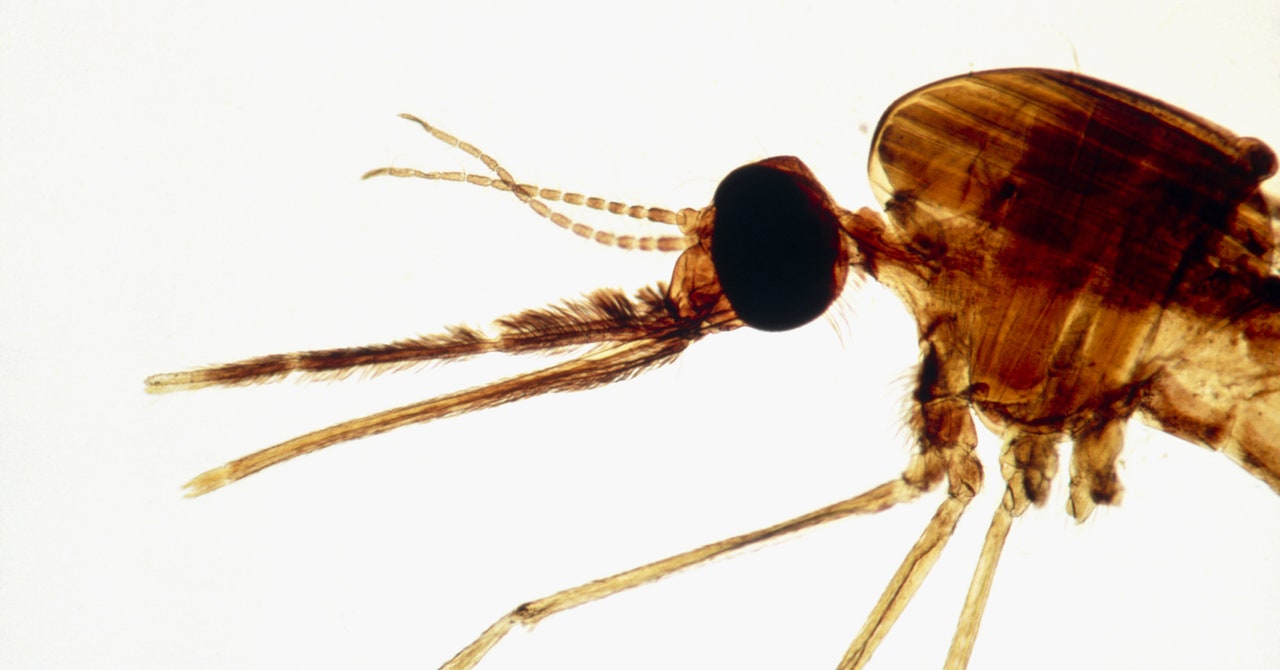
It worked. They found that homes raised 1 meter high attracted 40 percent fewer mosquitoes. At 2 meters, it was 68 percent fewer, and at 3 meters, 84 percent fewer.
“I was surprised by how large an impact they saw,” says Kelly Searle, a University of Minnesota epidemiologist who did not take part in the study. Searle, who has explored how construction materials, such as brick, mud, and metal, affect malaria transmission herself, says this level of reduction is convincing. “We do see really strong evidence that the housing construction can be protective against malaria infection,” she says.
“It’s really important,” she continues, because bed nets and insecticide spraying aren’t enough. “If we could have additional tools that we can use to prevent malaria, that’s fantastic.”
Adopting this design for new homes or retrofits in real communities will be a challenge, though. “The number of people who will be influenced by [the academic studies] to actually change their home will be quite small,” says Patrick Kelley, vice president of the Terwilliger Center for Innovation in Shelter at Habitat for Humanity International. It’s a hurdle—but it’s not insurmountable.
One path to making widespread change for the growing population would be through building codes that could be enforced by local governments. But another would be changes in consumer behavior: people’s tastes in houses updating as they learn what designs make sense—counterintuitively large windows, for example, but with screens. “I’m more optimistic about the consumer behavior route, putting knowledge into people’s hands,” Kelley says. “There are ways to bring some of that messaging into the home improvement markets where people go to buy wood—to buy screening.”
Lindsay agrees. “The way that architects think about making change,” he says, “is to build something new then get people to look at it and say, ‘Hey, that’s cool!’ and copy it.” If local people see the appeal of these science-based designs, they’ll be more likely to build that way too.
Okumu believes that design is a more sustainable way to control malaria than by using commercial products like bed nets, insecticide, and drugs. The goal is simple: keep mosquitoes from finding humans. “I have learned over the years that we have to go back to the basic biology of the disease,” Okumu says. “And malaria is primarily a problem of poor housing and surface water.”
Lindsay has a large clinical trial ongoing in Tanzania called the Star Homes Project, designed by team member Jakob Knudsen, a Danish architect, testing the resilience of two-story homes with walls made of breathable shade-cloth, inspired by designs from Southeast Asia. The study will run for three years and will track malaria transmission among the kids living in 110 Star Homes across 60 villages, compared to rates for others living in 440 traditional homes.
“They’re really very beautiful,” says Lindsay.
Each home has beds upstairs from an airy screened living space. Wind flows in, exhaled breaths flow out, and mosquitoes, presumably, stay away. In the evening, lights glow faintly through the translucent walls—yet the house stays hidden in plain sight.
More Great WIRED Stories


